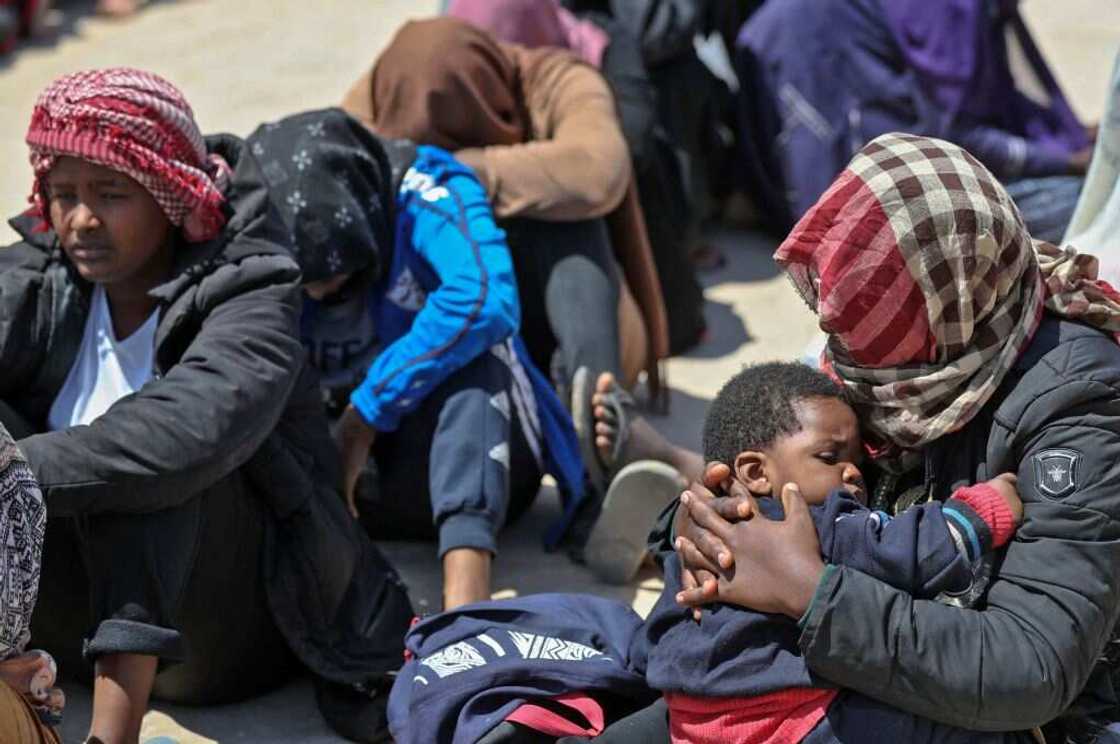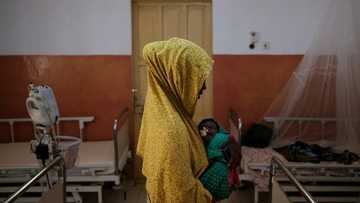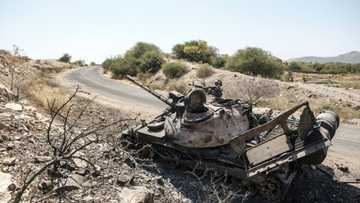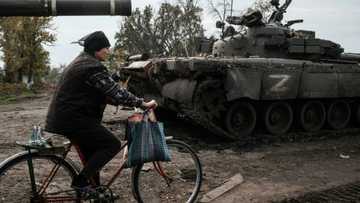Top 10 Countries in Africa With More Hungry People in 2022
- The recent Global Hunger Index (GHI) indicates a problem on the African continent, with many countries facing severe hunger
- The Index identifies 10 African countries as having serious hunger crises, which has caused malnutrition in most cases.
- The countries affected are battling malnutrition, maternal and infant mortality and famine
The Global Hunger Index (GHI) has been released, with many governments kicking against the latest report.
This year's report was jointly prepared by the Irish aid agency, Concern Worldwide and Welthhungerhilfe, a German organization.
Five countries in Africa face severe hunger
The 2022 GHI report indicates that hunger is alarming in 5 countries, the Central African Republic, Chad, the Democratic Republic of Congo, Madagascar, and Yemen.
Hunger is also considered alarming in four countries: Burundi, Somalia, South Sudan and Syria. It is considered severe in 25 countries based on this year's GHI scores and provisional designations.

Source: Getty Images
PAY ATTENTION: Join Legit.ng Telegram channel! Never miss important updates!
These are the ten hungriest African countries in 2021.
Zambia
The current hunger levels in Zambia are mostly driven by high poverty, COVID-19 impact, macroeconomic instability and exposure to climate shocks. It has resulted in an increase in food insecurity in the analyzed district, mostly driven by prolonged dry spells, flooding, and reduced livelihood opportunities due to restrictions linked to COVID-19 and pests.
Guinea-Bissau
This country has been beset by political instability since its independence in 1974, which resulted in a lack of development and high poverty levels.
Almost 70 per cent of the population lives below the poverty line, with high infant and maternal mortality rates and a nationwide chronic malnutrition rate of 25 per cent.
About 80 per cent of the population depends on agriculture as their mainstay, while cashew nuts are the main crop.
Eleven per cent of households in Guinea Bissau households face food insecurity.
Sierra Leone
The West African country is battling price shocks which many attributes to Russia's invasion of Ukraine. The price shocks affect energy, food and fertilizer.
World Food Programme's (WFP) Hunger Map for Sierra Leone shows that 2.2 million people are chronically hungry and 1.6 million are acutely hungry as of July 2022. Prices of energy like petrol and diesel have more than doubled this year in Sierra Leone. Commodities and non-food commodities have also increased.
Lesotho
The latest results by an IPC Acute Food Insecurity show that an estimated 229,000 people, representing 15 per cent of the population, are in rural areas of the country and classified as IPC phase 3 crisis between July to September 2022.
From October 2022 to March 2023, an estimated 320,000 people, representing 22 per cent of the population in rural areas of the country, are said to be in the IPC phase 3 crisis.
Liberia
In this year's GHI report, Liberia ranks 113 out of 121 countries with enough data to calculate 2022 GHI scores.
With a score of 32.4, the country has a severe hunger level. Commodity and food prices security conditions have worsened due to the COVID-19 pandemic and the Russia-Ukraine crisis.
Niger is affected by the worst food security crisis, with 4.4 million people needing humanitarian aid. The crisis has continued to deteriorate and caused a food crisis in the Sahel region, further deepening the population's socio-economic weaknesses.
Chad
On June 1, 2022, the country declared a state of emergency in Chad. The decree comes amid a severe food crisis and malnutrition, which would see about 2.1 million people in severe food insecurity during the lean season. The season has been described as the worst lean season in a decade, with about 1.3 million children suffering from acute malnutrition.
The Democratic Republic of Congo
According to the United Nations, at least 27 million people in the DRC face insecurity.
The UN forecasts that the situation would likely worsen due to recent fighting between the M23 rebel group and the army in the East, displacing tens of thousands.
Madagascar
The country is facing multiple crises of climate change and severe humanitarian problems affecting nine million people.
Climate change is severely felt on the island, especially through natural disasters. Drought in the south of Madagascar has left about 1.5 million people with food insecurity.
In 2022, an estimated 500,000 children under five will suffer acute malnutrition, and 110,000 will be severely malnourished.
The Central African Republic
The CAR ranks second to last in the 2022 GHI report, with around 79 per cent of the country's 4.7 million population living in poverty.
Close three million people living in the country need humanitarian assistance. Low productivity, weak markets, and high gender disparity are contributing factors, including political instability, which has rendered the country unstable.
Top African countries asking IMF for debt forgiveness as Nigeria denies debt relief talks
Meanwhile, Legit.ng reported that Last week, Nigeria's Minister of Finance, Budget and National Planning, Zainab Ahmed, debunked claims that the country is in talks with the International Monetary Fund (IMF) for debt restructuring as it battles revenue shortfalls threatening its debt servicing capacity.
The World Bank President, David Malpass, stated in Washington that the country had not requested any debt relief from the global lender.
According to reports, more than 20 African countries are at risk of debt default, with at least 6 African countries having a debt-to-GDP ratio of more than 100 per cent.
Source: Legit.ng







